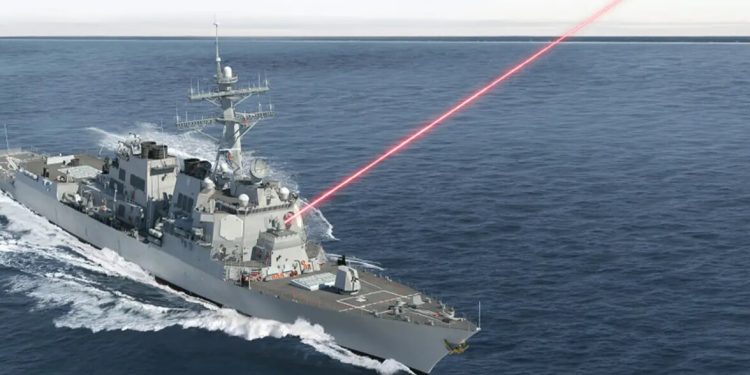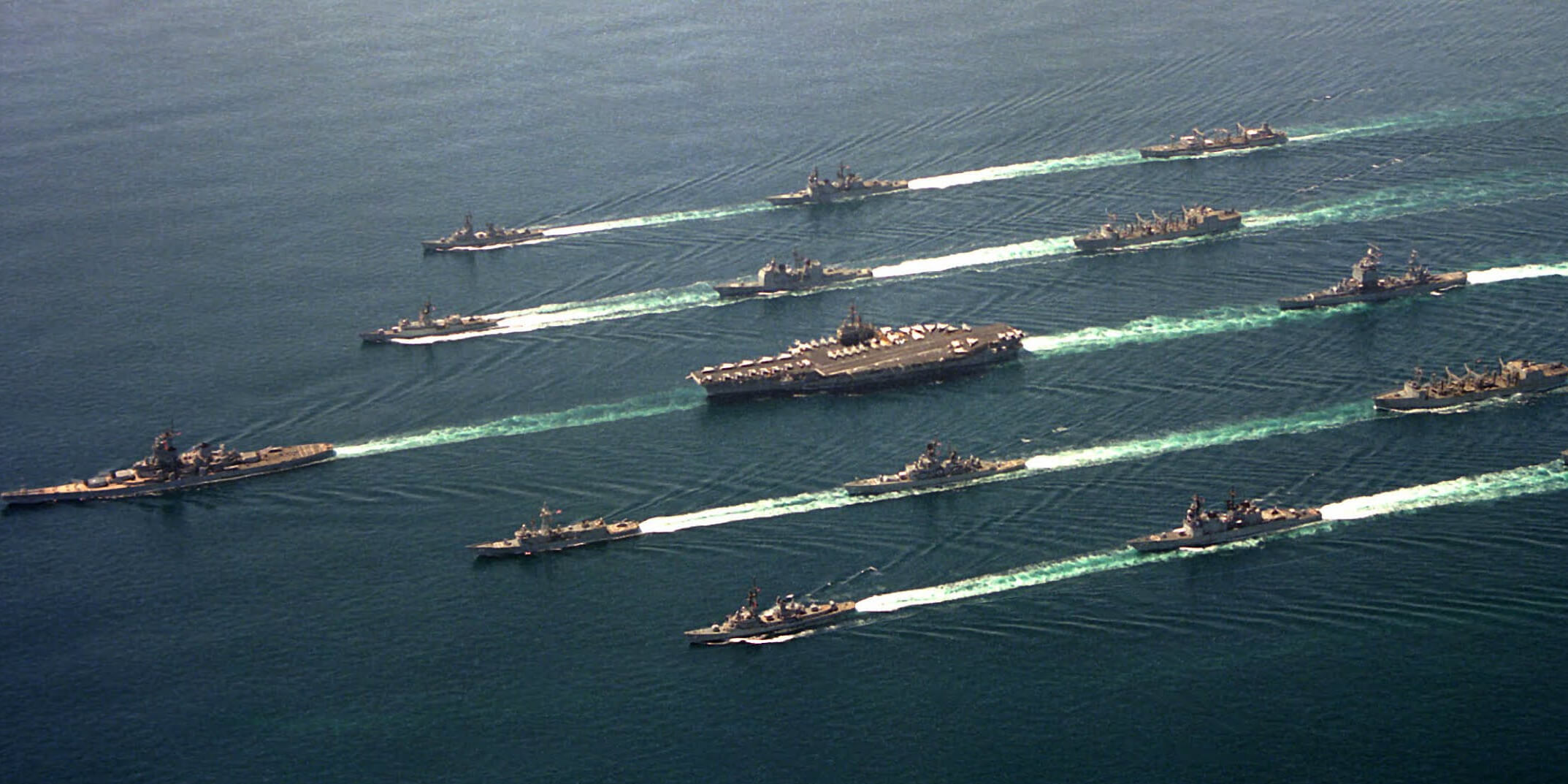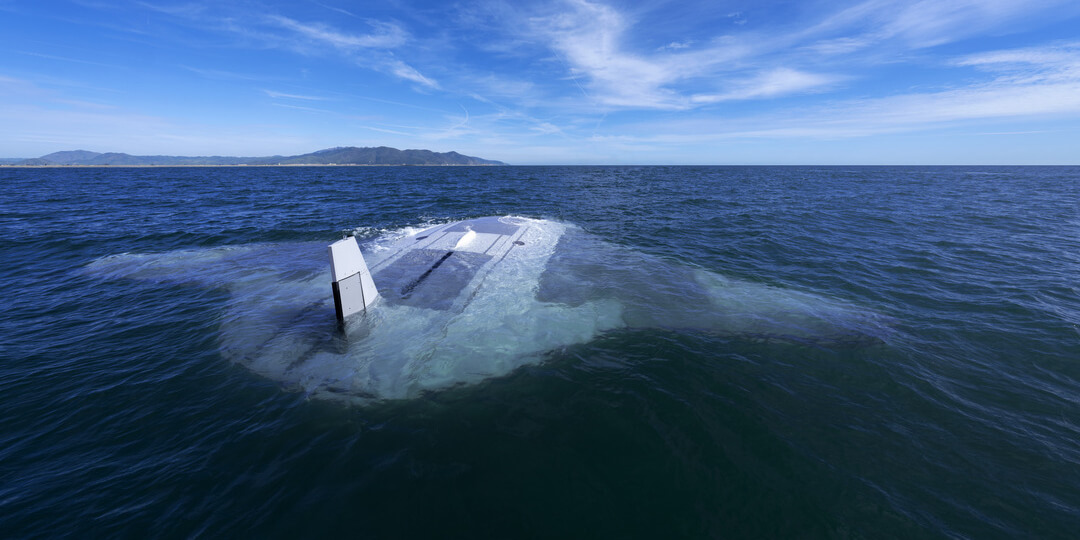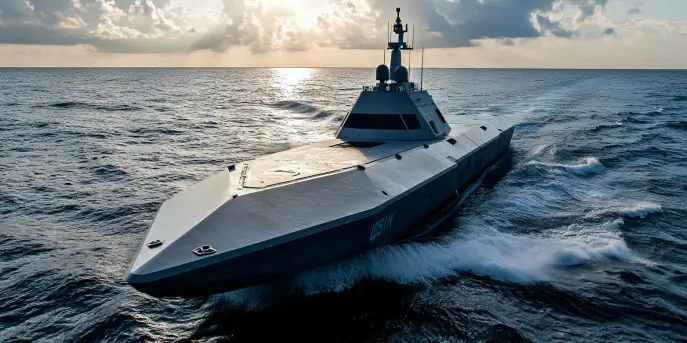Redefining Naval Warfare with HELIOS
The U.S. Navy is at the forefront of technological innovation in defense with its recent testing of the High Energy Laser with Integrated Optical-dazzler and Surveillance (HELIOS) system. This advanced weaponry system marks a significant leap in military capabilities, positioning the Navy to effectively address emerging threats in maritime environments.
Understanding HELIOS
The HELIOS system is a state-of-the-art laser weapon designed to integrate seamlessly into existing naval operations. Its capabilities extend beyond mere offense; it includes surveillance features and an optical dazzler, which can disorient potential threats. This dynamic tool embodies the future of naval warfare, where precision and multi-functionality are paramount.
Innovative Features and Technology
HELIOS incorporates several innovative technologies:
- High Energy Laser: This component allows the system to precisely target and neutralize threats such as drones and small boats with remarkable accuracy.
- Integrated Optical-dazzler: Beyond physical threats, HELIOS can impair the optical sensors of incoming threats, providing a non-lethal deterrent option.
- Surveillance Capabilities: HELIOS is equipped to perform continuous monitoring, enhancing situational awareness for naval vessels.
Such features make HELIOS not just a weapon, but a critical part of naval strategy.
Advantages Over Traditional Systems
Compared to traditional missile systems, HELIOS offers several advantages:
- Cost Efficiency: Unlike missiles, which can cost millions of dollars per launch, HELIOS operates at a fraction of the cost once installed.
- Operational Flexibility: With an unlimited “ammunition” supply, restricted only by the available power, HELIOS provides continuous defense capabilities.
- Rapid Response: Lasers can engage targets at the speed of light, making them ideal for fast-moving or agile threats.
| Feature | Description |
|---|---|
| Laser Power | High energy, capable of disabling small vessels and drones |
| Range | Classified, designed for effective maritime engagement |
| Integration | Designed for seamless integration with existing naval platforms |
| Operational Modes | Includes offensive and non-lethal engagement options |
Field Tests and Results
During its rigorous testing phases, HELIOS demonstrated its ability to engage incoming threats effectively and bolster the defensive capabilities of the vessels on which it was deployed. The system was put through various scenarios, simulating actual combat environments to ensure reliability and performance under pressure.
Results were promising, showing that HELIOS could potentially reduce dependency on traditional ballistic solutions for certain types of threats. The precision targeting ability of the system also minimizes collateral damage, which is a critical consideration in military engagements near civilian areas or protected waters.
Strategic Implications for the Future
The successful testing of HELIOS marks a turning point for the U.S. Navy, offering a glimpse into the future of defense strategies. As adversaries develop more sophisticated technologies, having a laser weapon system such as HELIOS provides a strategic advantage. It enhances defensive postures while offering scalable responses to different threat levels.
Moreover, the deployment of HELIOS could prompt a technological arms race, encouraging other nations to pursue similar advancements to balance global power dynamics on the open seas.
Environmental and Ethical Considerations
While HELIOS introduces groundbreaking capabilities, it also brings with it considerations regarding ethical usage and environmental impact. The system’s deployability must be weighed against international law regarding the use of directed-energy weapons. Careful consideration and adherence to law of war principles will guide responsible integration.
Additionally, the environmental footprint of developing and employing such technology needs assessment, particularly how it affects marine ecosystems. The Navy is likely to undertake extensive environmental impact studies to ensure the deployment of HELIOS aligns with their commitment to sustainable practices.
The ongoing assessment will aim to balance innovation with responsibility, ensuring that the HELIOS system remains not only an effective but also an ethically conscientious component of the Navy’s arsenal.









